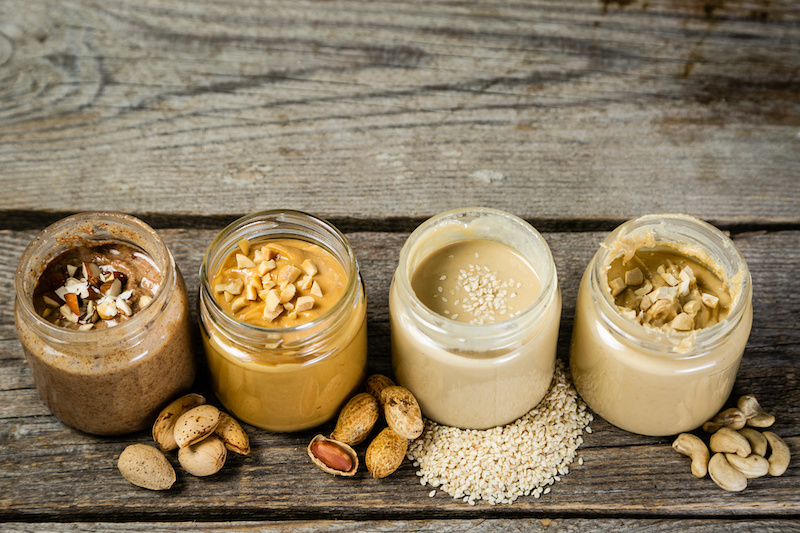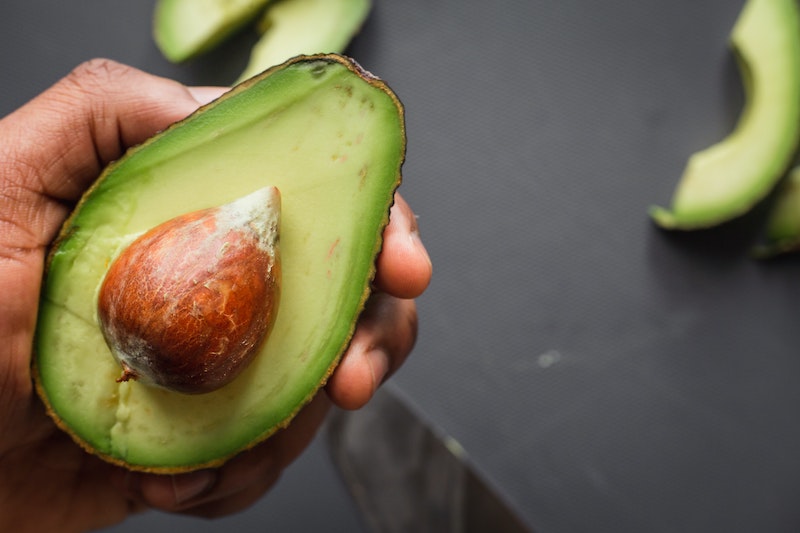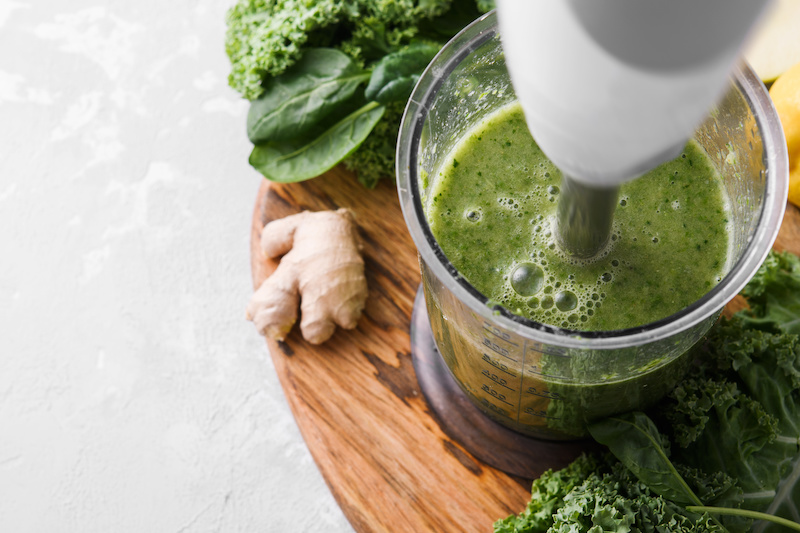As a naturopath, I meet so many people in my clinic who are genuinely focussed on improving their health and believe wholeheartedly that their morning smoothie is the healthiest meal of their day. But is it?
Sadly, many smoothies are not the “golden child” of healthy meals that you have been led to believe and in fact can be quite disastrous to your health.
If I am honest, I often cringe when someone tells me that they have a smoothie for breakfast every day because I know from experience that it is unlikely that the recipe is optimal for health.
The health of a smoothie all depends on what ingredients are in the smoothie and most importantly what the measurements are of those particular ingredients.
So, why don’t we investigate the ingredients and measurements of a smoothie that can make it an unhealthy meal option.
Too Much Fruit: Don’t get me wrong, I love fruit for health. Two pieces of fruit a day, eaten with a good fat or protein and spread over the day has wonderful health benefits. Too much fruit however in one hit with inadequate protein and/or good fat can turn fruit from a superstar to a very low performer indeed. It is critical that fruit is eaten in a certain way and spread over the day if you want to benefit from its health powers. Why is this the case? Fruit is a carbohydrate and has a high fructose content and this can have a huge impact on blood sugar levels. If your smoothie is full of fruit and has minimal or no protein or good fat, then it is considered a high glycaemic load food.
What is the big deal about a high glycemic load meal?
So, even though your smoothie may be jam packed full of healthy ingredients, it can cause insulin levels to spike if the right blend or ratios of ingredients are not considered.
A simplified explanation is that high glycaemic means that food eaten moves from your gastrointestinal tract into your blood really quickly. The body hates big dumps of sugar as it is dangerous to the body. Carbohydrates are sugar so large amounts of sugar enter your blood all at once. Your insulin then increases very quickly, and this is a major cause of becoming insulin resistant, not to mention the energy slumps that soon follows. So, remember that if you eat a large amount of carbohydrates during a meal or snack, blood sugar levels will rise, making insulin levels spike and then as a consequence your blood sugar levels drastically fall. This can leave you feeling hungry again quite shortly after, fatigued and sometimes anxious instead of feeling satisfied and energized which is how you should feel for several hours after a properly put together meal.
So, what is a properly put together smoothie?
A healthy smoothie that doesn’t create big dumps of sugar in your blood stream and unhealthy insulin spikes must have a certain proportion of carbohydrates, protein, good fats, and liquid. When done well, this produces a smoothie that has a low glycaemic load and where the body happily spreads the energy over a longer period of time. This keeps you feeling full for longer, energetic, your mood is supported for better balance and your cognition will be better performing.

My recommendations for ingredient proportions are as follows:
Choose your leafy greens: always include a few handfuls of healthy greens such as baby spinach, lettuce, or kale.
Add your fruit: for your fruit, a maximum of ½ cup or approximately 2 tablespoons of frozen berries, mango, banana, or fruit of choice. For those smoothie die-hards, frozen fruit is the only way to go for a thick, icy smoothie.
Decide on your protein: Protein is a critical component of practically every structure and function of the human body and is needed to build and repair muscle & tissues, energy production, hormone production, liver detoxification and regulation of mood.
Protein powders are an easy choice here but so many are full of hidden sugars or artificial sweeteners so simple is best. I use a basic practitioner brand brown rice protein powder which is free of excipients and have 2 scoops which is 40 grams. Other protein options include whey protein, pea protein, 2 tablespoons of raw nut butter, chia seeds, flaxseed meal.
Adding protein to any high carbohydrate meal reduces the glycaemic response and this is very important for health.
Add a good fat: 2 tablespoons of good fat are another addition to a healthy smoothie. My favourite is avocado, nut butter, freshly ground flaxseed and chia seeds or coconut milk as your liquid base.
Good fats also help reduce the glycaemic response of high carbohydrate meals and are not simply a source of energy for our bodies. Fats are used as structural building blocks for our bodies and for vital processes, nourishing the skin & brain, delivering fat-soluble nutrients and help keep us feel satiated for longer meaning that we eat less. They are also important for mental and cardiovascular health to name a few.

Choose your liquid base: Add 200 ml of your preferred fluid. I find that with all of the ingredient’s above, filtered water is a great option with no added calories however other options may include coconut water or unsweetened nut milks, rice milk, or oat milk.
Other nutrient additions: might include some chlorophyll, spirulina, maca, cocao powder, medicinal mushrooms, cinnamon, broccoli sprouts or wheatgrass to top up the antioxidant and nutrient power of your smoothie meal replacement.
Let us recap
Keep an eye on the amount of fruit and always combine your fruit with some leafy greens, protein, and good fat, strategically managing the portions of each to keep energy flowing and insulin spikes down.
There is no doubt that green smoothies are a wonderful way to get important nutrients and antioxidants into your day however a badly thought-out smoothie can be detrimental to health so make wise recipe decisions.
Please click here for some healthy smoothie recipe options and enjoy.
Enjoy










